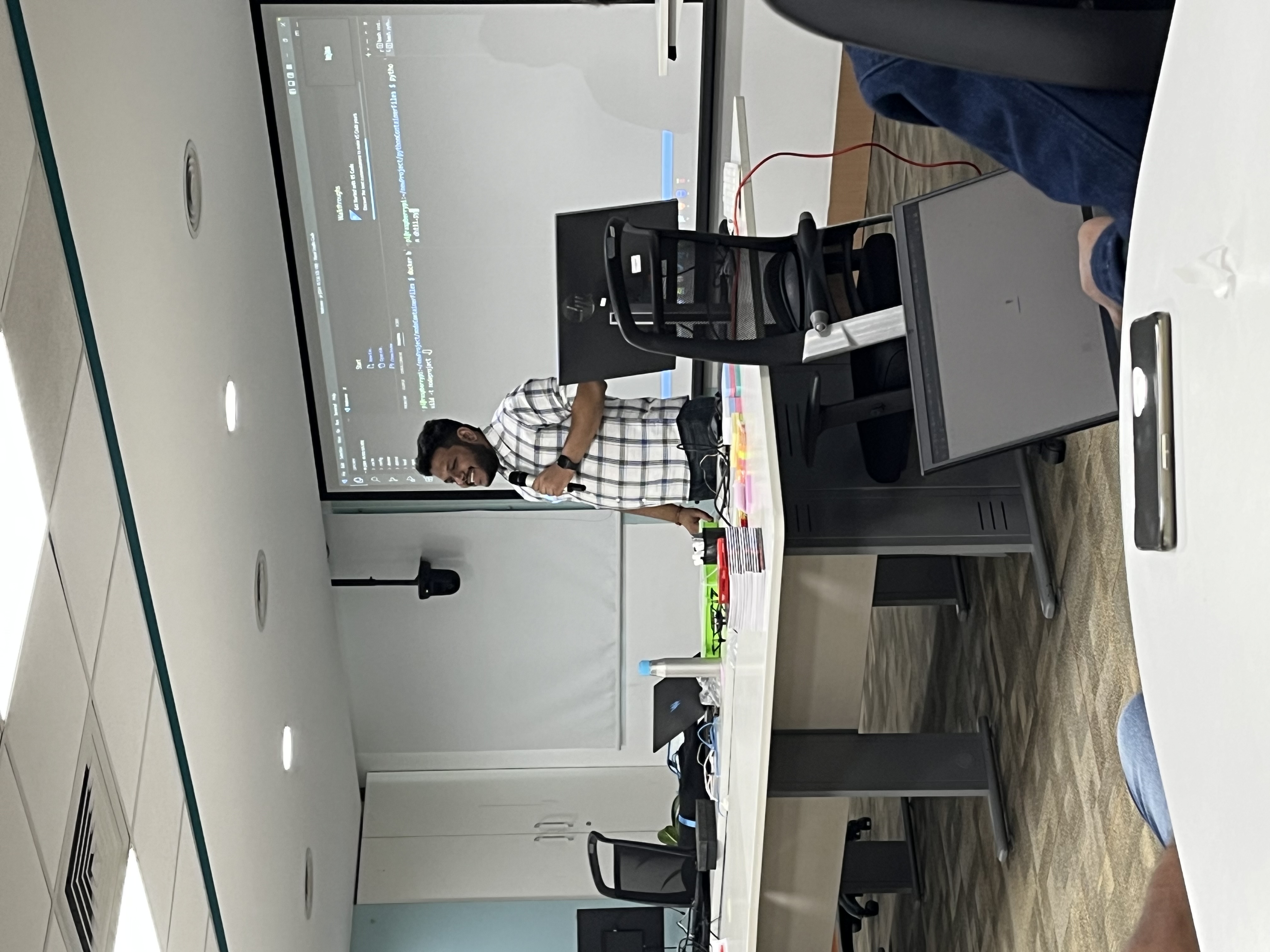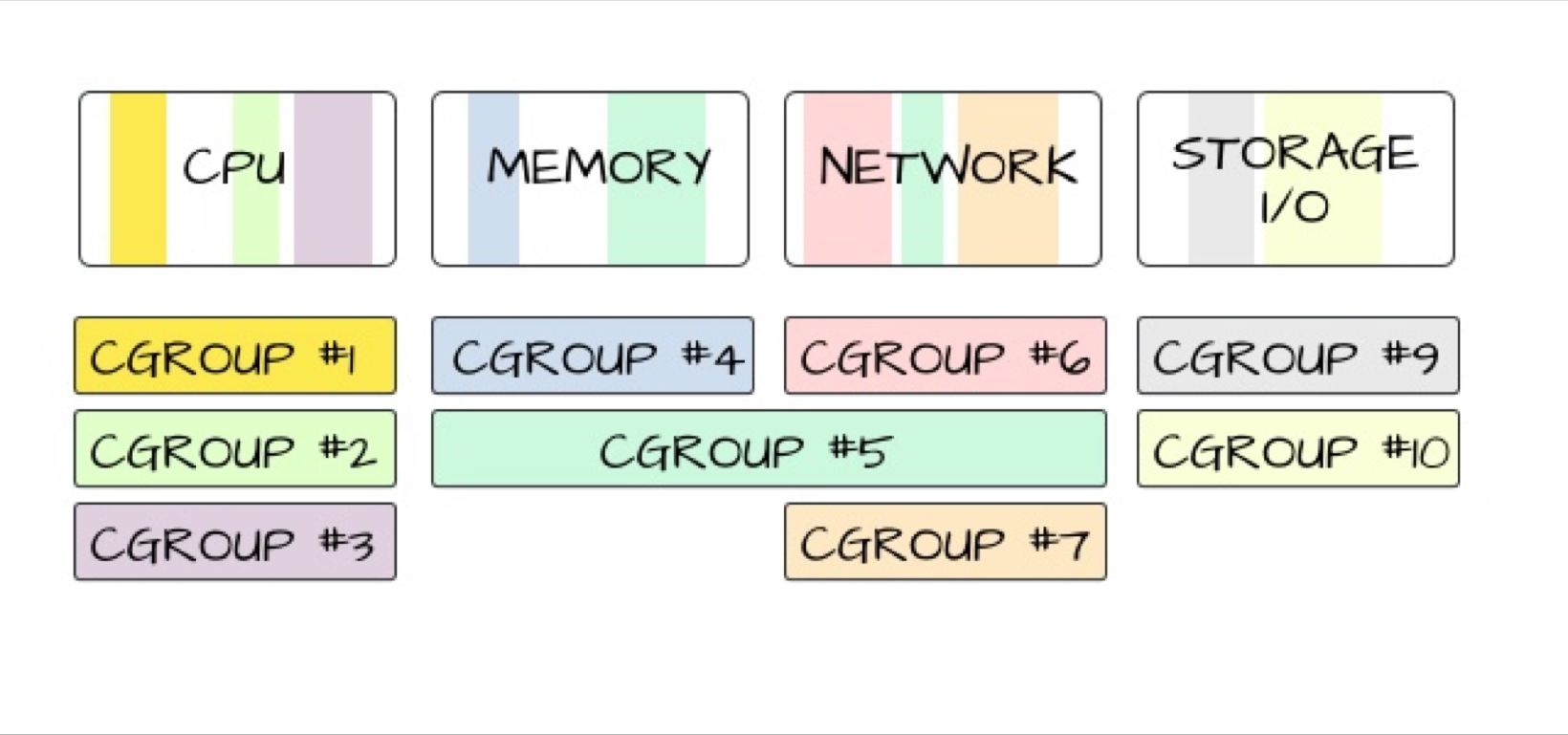🐧Exciting Tech History Moment: Linux cgroups - The Unsung Heroes of Containerization! 🔗
 Tejas Shaha
Tejas Shaha
👋 Let's take a quick trip down memory lane to explore the foundational technology that paved the way for the container revolution we're enjoying today. 🚢
Remember those days when deploying applications meant dealing with complex, monolithic systems? Enter Linux cgroups (control groups), the unsung heroes that transformed the landscape of software deployment. 💡
🔗 What are cgroups?
Cgroups, introduced in the Linux kernel around 2008, allow for resource isolation and management within the operating system. Think of them as the virtual partitions that enable fine-grained control over CPU, memory, disk I/O, and more, ensuring equitable resource distribution among processes.
🛠️ Enter Containerization
Fast forward a few years, and enter Docker, Inc, Kubernetes, and the container craze. These technologies wouldn't be where they are today without the solid foundation laid by cgroups. Containers leverage cgroups to create isolated, lightweight environments that package applications and their dependencies, making them portable and efficient.
🌐 Shaping Modern DevOps
Thanks to cgroups, DevOps teams gained unprecedented agility and scalability. Containers could now spin up and scale down in seconds, optimizing resource utilization and speeding up development cycles.
🌟 Legacy & Future
Let's give a shoutout to Linux cgroups for being the unsung heroes that facilitated the rise of microservices architecture, cloud-native apps, and the hybrid cloud landscape. As we move forward, these technologies continue to evolve, empowering us to build and deploy software like never before.
So, here's to Linux cgroups - the foundation that revolutionized how we develop, deploy, and manage software. 🎉 Let's celebrate the ingenuity of those who paved the way for the containerization era! 🙌
Subscribe to my newsletter
Read articles from Tejas Shaha directly inside your inbox. Subscribe to the newsletter, and don't miss out.
Written by
